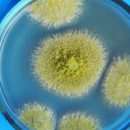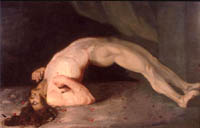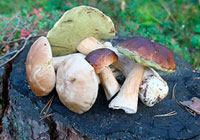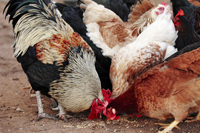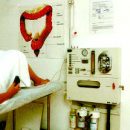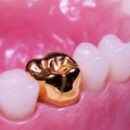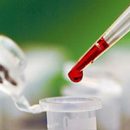What are the symptoms of lesteriosis? How is lemiosis treatment? Answers to these questions you will find in the article.
Content
Liseriosis
Liseriosis - infectious disease from a group of zoonoses;
characterized by polymorphism of clinical manifestations. Acute forms proceed
In the form of purulent meningitis, meningoencephapitis, sepsis, chronic - more often in
The form of recurrent inflammation of urinary tract. Prevailing alimentary
Path infection.
Listeria - short gram-positive
Wands, aerobes that are resistant in external environment sensitive to penicillin,
Tetracycles, erythromycin, leftomycetin. The gates of infection is mucous
Sheath of the digestive tract. In some cases, healthy carrier arises
Lishery. In the penetration of licenses in blood can develop a septic disease,
When driving in the central nervous system (central nervous system), meningitis or meningoencephalitis occurs. Listeria can be long
persist in the kidneys, which matters in pregnant women (possibly intrauterine
Fetal infection).
Symptoms and flow of lumberiosis
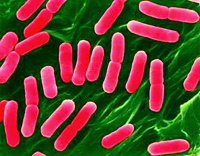
The incubation period lasts 2-4 weeks.
The sharp shapes of letteriosis begin suddenly: chills, body temperature rise,
Headache, irritability, muscle pain. The disease often flows with
Exanthema. Large-roasted rash or erythematous, thickened in the field of large
joints, on the face forms a figure «Butterfly». For ferrous forms, in addition,
An increase and pain of peripheral lymph nodes appears. At
Nervous forms observed meningeal symptoms, and sometimes signs of encephalitis.
Cerebrospinal fluid is purulent. Liver and spleen are increased.
Sometimes the symptoms of acute appear in the clinical picture of lisheriosis
Gastroenteritis, Pelitis, Endocarditis. Liseriosis of newborns takes place hard,
With mortality up to 50%. There are high fever, shortness of breath, cyanosis, inflammation
upper respiratory tract, specific lemary pneumonia, often complicated
purulent pleurrites. Liver and spleen are enlarged, individual patients appear
jaundice, sometimes excanthema. CNS is often involved (central nervous system).
In chronic forms of layeries can be long
in the human body, without causing severe clinical changes. Sometimes they
cause aggravation in the form of light flu-like diseases or exacerbations
chronic pelitis. With the weakening of the body (treatment with corticosteroids, immunosuppressants)
They can cause an aggravation flowing in the form of severe generalized infection.
Clinical diagnostics is difficult. The most convincing proof of the disease
is the selection of the pathogen from the blood, cerebrospinal fluid, oily
Waters, Washing Zeva. Serological study is less important because
Leasery in antigenic relations are similar to other microorganisms.
Treatment of sheetsteriosis
With sharp forms of layeriosis prescribed antibiotics
Tetracycline group of 0.2 - 0.3 g after 6 hours for 7-10 days, Penicillin
(400,000 units 4-6 h), erythromycin (0.25 g after 6 h) for 8-10
Days. In the treatment of pregnant women in the first 3 months, tetracycline is not prescribed (danger
teratogenic influence).
Forecast for ferrous forms favorable. In pregnant lamines
can lead to severe fetal lesions. After lemiosic meningoencephapitis
There may be persistent residual phenomena from the CNS (central nervous system).
Prevention. Fighting lesteriosis of farm animals.
Pregnant women working in animal husbandry temporarily transferred
Out of contact with animals. Specific prophylaxis has not been developed.

